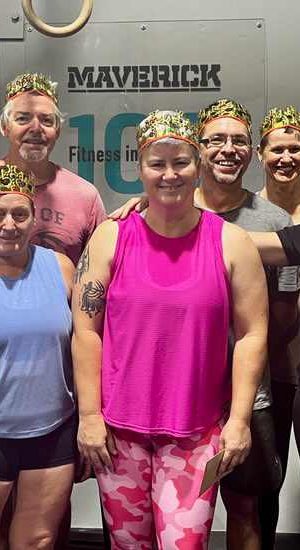Squat Technique (courtesy of Kelly Starret of Mobility WOD)
The squat is more than just a strength-based exercise done at the gym. It’s how humans lower their center of gravity. Think about it. Every time you sit down on the couch, get up out of a chair, or remove yourself from the toilet, you’re performing a close iteration of a back squat. On any given day you most likely perform hundreds of squats. Now, imagine what happens if you have bad squatting technique: Your body lets you know that you’re doing something wrong by firing the pain signal. You might not feel the consequences immediately, but eventually it will catch up. And when it does, you’ll wish you had paid more attention to the quality of your movement.
Here’s the deal. Squatting with bad form has transferable consequences. For example, if your knees cave inward, your ankles collapse, or you overextend at your lumbar spine while performing your hundred-plus squats per day, chances are good that you will exhibit these very same faults during loaded, dynamic movements, such as jumping and landing. It’s no wonder so many people suffer from low back pain or blow out their knee before age thirty.
You should look at the squat as a diagnostic tool for identifying movement faults and limitations in mobility. If you can’t squat butt to ankles without defaulting into a poor position (rounding your back, knees tracking inward, etc.), it’s an indication that you either a) don’t understand how to perform the movement correctly, or b) you are missing range of motion in one or more areas of your body (i.e., dorsiflexion, hip internal rotation, tight hamstrings). Luckily, both issues have solutions. Bad form can be fixed by learning the proper movement in stages, and a restricted range of motion can be fixed through regularly practicing specific mobility exercises (all of which are found in Becoming a Supple Leopard).
The bottom line is you need to learn how to squat correctly and then practice the proper mechanics every time you lower your center of mass, whether you’re back squatting in the gym, picking something up off the ground, or sitting down and getting up off a chair. It’s the same technique.


